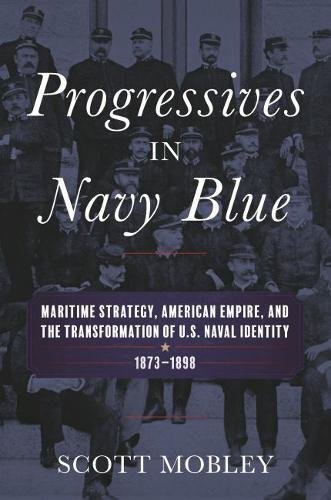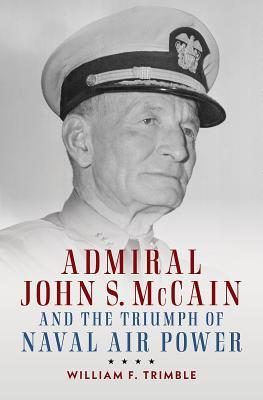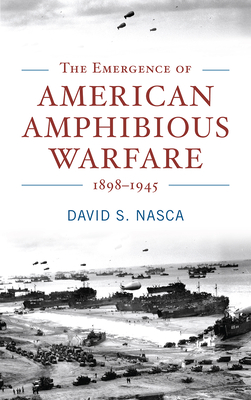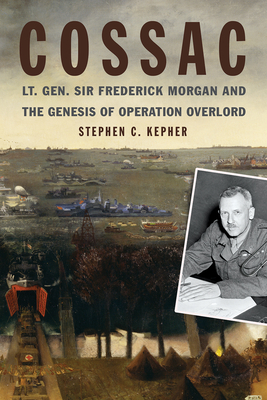Studies in Naval History and Sea Power
Series · 6 books · 2018-2020
Books in series

#1
Victory Without Peace
The United States Navy in European Waters, 1919-1924
2018
Victory Without Peace concentrates on the U.S. Navy in European and Near Eastern waters during the post-World War I era. As participants in the Versailles peace negotiations, the Navy was charged with executing the naval terms of the Armistice as well as preserving stability and peace. U.S. warships were deploying into the Near East, Baltic, Adriatic, and Northern Europe, while simultaneously withdrawing its demobilized forces from European waters. This signifies the first time the U.S. Navy contributed to peacetime efforts, setting a precedent continues today.
Conversely, Congressional appropriations handicapped this deployment by demobilization, general naval policy and postwar personnel, and operating funds reductions. Though reluctant to allocate postwar assets into seemingly unimportant European and Near Eastern waters, the Navy was pressured by the State Department and the American Relief Administration’s leader, Herbert Hoover, to deploy necessary forces. Most of these were withdrawn by 1924 and the European Station assumed the traditional policy of showing the flag.

#2
Progressives in Navy Blue
Maritime Strategy, American Empire, and the Transformation of U.S. Naval Identity, 1873-1898
2018
This study examines how intellectual and institutional developments transformed the U.S. Navy from 1873 to 1898. The period was a dynamic quarter-century in which Americans witnessed their Navy evolve. Cultures of progress—clusters of ideas, beliefs, values, and practices pertaining to modern warfare and technology—guided the Navy's transformation.
The agents of naval transformation embraced a progressive ideology. They viewed science, technology, and expertise as the best means to effect change in a world contorted by modernizing and globalizing trends. Within the Navy’s progressive movement, two new cultures—Strategy and Mechanism—influenced the course of transformation. Although they shared progressive pedigrees, each culture embodied a distinctive vision for the Navy’s future.

#4
Admiral John S. McCain and the Triumph of Naval Ai
2019
Admiral John S. McCain and the Triumph of Naval Air Power covers the life and professional career of Adm. John S. McCain Sr. (1884-1945). Spanning most of the first half of the twentieth century, McCain's life and career highlight the integration of aviation into the Navy, emphasizing the evolution of the aircraft carrier from a tactical element of the fleet stressing sea control to a strategic force capable of long-range power projection.
Although much of the book focuses on carrier aviation, McCain was instrumental in the emergence of flying boats, considered essential for long-range reconnaissance in the Pacific. One of the senior officers branded as "Johnny-Come-Latelys" by pioneer aviators, McCain nevertheless brought fresh approaches and innovation to naval aviation. His prewar and initial wartime commands encompassed tender-based and shore-based aviation, which were critical to early operations in the Pacific, yet McCain also understood the power and potential of carrier-based aviation, initially as commanding officer of the USS Ranger (CV-4) before the war, then as a carrier task force commander under Adm. William F. Halsey in the Pacific in 1944 and 1945. Moreover, he served tours as Chief of the Bureau of Aeronautics and the first Deputy Chief of Naval Operations (Air) in 1942-1944. In these posts he witnessed and played a role in the culmination of naval air power as a means of delivering crippling blows to the enemy's homeland. McCain was among only a handful of officers who achieved prominence during the war and who had experience in all of these varied and challenging levels of command.

#5
Churchill's Phoney War
A Study in Folly and Frustration
2019
Given the dearth of scholarship on the Phoney War, this book examines the early months of World War II when Winston Churchill's ability to lead Britain in the fight against the Nazis was being tested.
Graham T. Clews explores how Churchill, as First Lord of the Admiralty, proposed to fight this new world war, with particular attention given to his attempts to impel the Royal Navy, the British War Cabinet, and the French, toward a more aggressive prosecution of the conflict. This is no mere retelling of events but a deep analysis of the decision-making process and Churchill's unique involvement in it. This book shares extensive new insights into well-trodden territory and original analysis of the unexplored, with each chapter offering material which challenges conventional wisdom. Clews reassesses several important issues of the Phoney War period Churchill's involvement in the anti-U-boat campaign; Churchill's contribution to the failures of the Norwegian Campaign; his attitude to Britain's aerial bombing campaign and the notion of his unfettered "bulldog" spirit; his relationship with Neville Chamberlain; and his succession to the premiership.
A man of considerable strengths and many shortcomings, the Churchill that emerges in Clews' portrayal is dynamic and complicated. Churchill's Phoney War adds a well-balanced and much-needed history of the Phoney War while scrupulously examining Churchill's successes and failures.

#6
The Emergence of American Amphibious Warfare 1898–1945
2020
Emergence of American Amphibious Warfare, 1898 - 1945 examines how the United States became a superpower through amphibious operations in order to project military power. While other major world powers pursued and embraced different weapons and technologies in order to create different means of waging war, the United States was one of the few countries that spent decades training, developing, and employing amphibious warfare to pursue its national interests.
Commonly seen as dangerous and costly, amphibious warfare was carefully modernized, refined, and promoted within American political and military circles for years by a small motley group of military mavericks, intellectuals, innovators, and crackpots.
This generational cast of underdogs and unlikely heroes were able to do the impossible by predicting and convincing America's leadership how the United States should fight the Second World War. From the United States' first tentative steps in landing troops from the sea in Cuba during the Spanish-American War to the iconic flag raising of U.S. Marines in Iwo Jima during the Second World War, Amphibious Warfare and U.S. Geopolitical Strategy, 1898 - 1945 is a historical journey of the United States' rise to greatness.
Through amphibious warfare, the United States underwent an extraordinary transformation in such a short period from backwater republic to global superpower. Amphibious Warfare and U.S. Geopolitical Strategy, 1898 - 1945 is an analytical study that focuses on the people, events, technologies, and conflicts that shaped and modernized amphibious warfare. In addition, we also see how the United States patiently pursued a deliberate and systematic approach in adopting a form of warfare that many rival powers saw as antiquated and impractical in an increasingly technological and industrialized world. As a result, the United States' unlikely and meteoric rise in the first half of the 20th century not only shocked the world, but dramatically transformed the balance of power in the international system. In conclusion, Amphibious Warfare and U.S. Geopolitical Strategy, 1898 - 1945 reveals that despite new ways for states to project military power today as seen with airpower, nuclear weapons, cyber warfare, and special operators, amphibious warfare has proven to be the most important in transforming the United States and the world. In understanding how amphibious warfare allowed the United States to achieve geopolitical supremacy, competitor states are now looking at America's amphibious past as a potential option to challenge the United States' global leadership and expand its power and influence in the world.

#7
Cossac
Lt. Gen. Sir Frederick Morgan and the Genesis of Operation Overlord
2020
When Frederick Morgan was appointed COSSAC (Chief of Staff to the Supreme Allied Commander), in the spring of 1943, there was no approved plan for a cross-Channel attack and no commander. There was not even agreement that a cross-Channel assault was going to occur. The western Allies were in the midst of a great debate about the strategy or strategies to defeat Nazi Germany. Indeed, there was not even one agreed-on method for conducting amphibious assaults.
COSSAC's primary task was to create a plan that would be approved by the inter-allied Combined Chiefs of Staff. Until that happened, few meaningful preparations could take place. To gain that approval he had to decide where the attack was to take place, ending the debate between the Pas de Calais and Normandy; he had to address the need for improvised shelters for the transport ships until a port could be captured - which led to the invention and construction of the MULBERRY harbors; he had to create all the structure necessary for a multi-national force that would liberate countries, not occupy them; and he had to convince his superiors that it could be done with the limited forces they were willing to provide. Morgan insisted that the approach to planning be radically changed and that the staff he was creating reflect the coalition of western Allies (British, Canadian, American, and also South Africans and Australians.) He argued that, if an invasion was to take place in spring 1944, they must accept that the operation had already started, or they would not be ready. Most importantly, he had to motivate planners who had "ceased to believe in the reality of their work." Morgan was obliged to act as if there was an approved plan and a commander, even though neither existed until December 1943. His creation - an allied planning staff that would become the commander's operational headquarters had no precedent or template for its organization. Morgan's leadership, his unorthodox approach to problem-solving, his willingness to disregard or modify orders he thought wrong and his constant taking the initiative to move the plan forward led to the needed political approval of a plan that Montgomery and Eisenhower could modify into the D-Day operational plan.
This is the story of how that happened. While often overlooked in the D-Day story, Morgan was one of the most important contributors to OVERLORD's success.